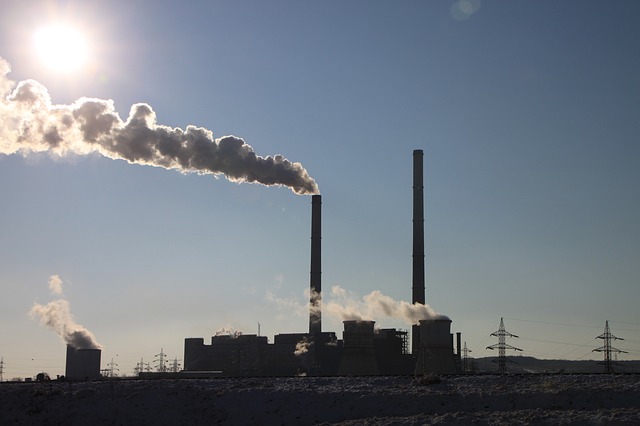Catalysts with huge surfaces will convert CO2 into fuel?
 The conversion of carbon dioxide into ethyl alcohol and other valuable substances is carried out by Dr. Wojciech Stępniowski made possible the catalysts developed. Catalysts consist of nanoprints and have huge surfaces that offer enough space for the particles involved in the reaction.
The conversion of carbon dioxide into ethyl alcohol and other valuable substances is carried out by Dr. Wojciech Stępniowski made possible the catalysts developed. Catalysts consist of nanoprints and have huge surfaces that offer enough space for the particles involved in the reaction.
To reduce carbon dioxide to other substances, electrochemical methods are used, including - catalysts. These are substances that enable and facilitate the chemical reaction, but do not participate in it. As a result of such a reaction, the hydrocarbons needed to make polymers - the popular plastics - can be produced. Ethyl alcohol can also be obtained from CO2 for various uses, for example as fuel for cars.
Image source: Pixabay
Nanoprinting catalysts
However, in order for such reactions to take place and be efficient, catalysts with a large surface area are required. Dr. Stępniowski creates impressive areas. This is possible because these surfaces consist of nano-prints. When magnified enormously, they look like forest moss or corals. The surface area of each such bar is added. In order to obtain such nanostructures, the copper has to be oxidized electrochemically and then modified. Such a large surface offers enough space for the particles involved in the reaction. They combine with the surface of the catalyst and undergo a reaction that already creates another chemical compound such as ethanol or ethylene.
Fuel from CO2
The ethanol or ethylene used in polymers has two carbon atoms. The scientist also wants to get chemical compounds with three carbon atoms in the chain. This would be cheaper in the synthesis of complex polymers. - If, under the Paris Agreement, we do not want to emit excess carbon dioxide into the atmosphere by 2050, then we should try different approaches and look for unconventional solutions. The production of fuel from the decomposition of CO2 is something that, for example, on a semi-industrial scale, nobody has done before. This project has potential, but we cannot be sure that everything will go according to our expectations - this is a characteristic of high risk projects, but if successful it also has a high impact on progress in a certain area - concludes Dr. Stępniowski.